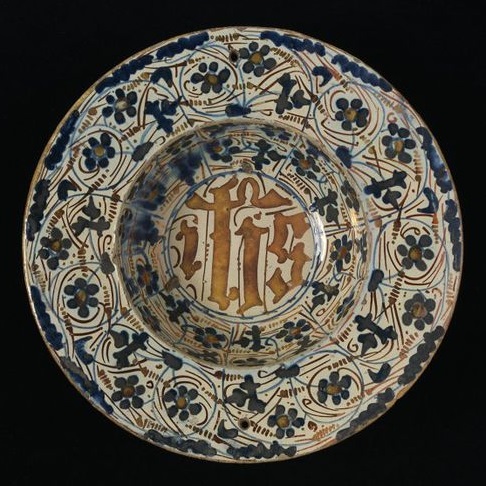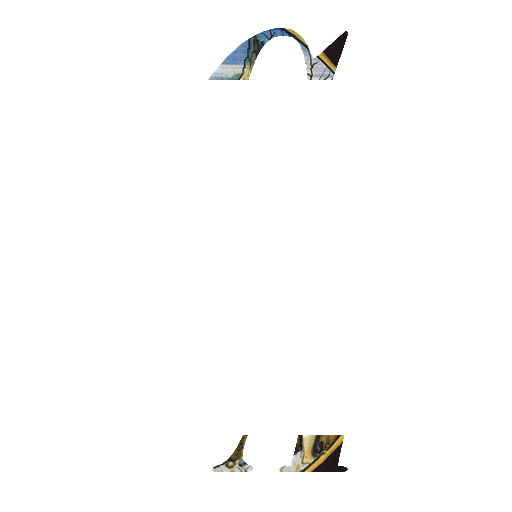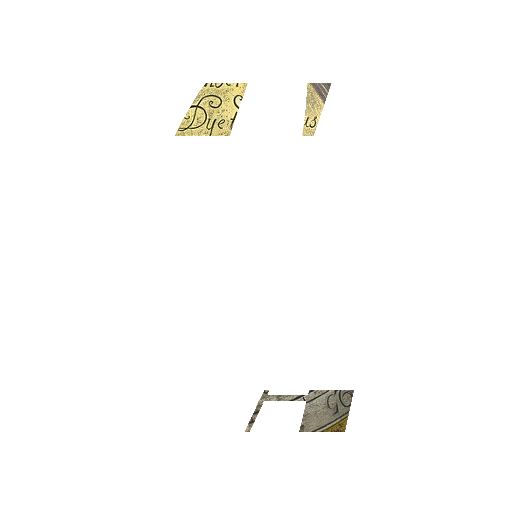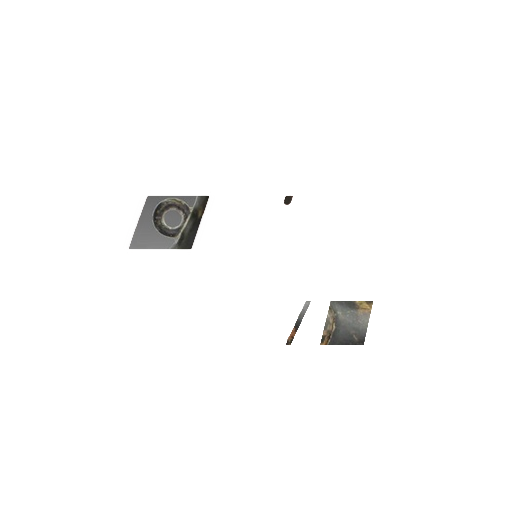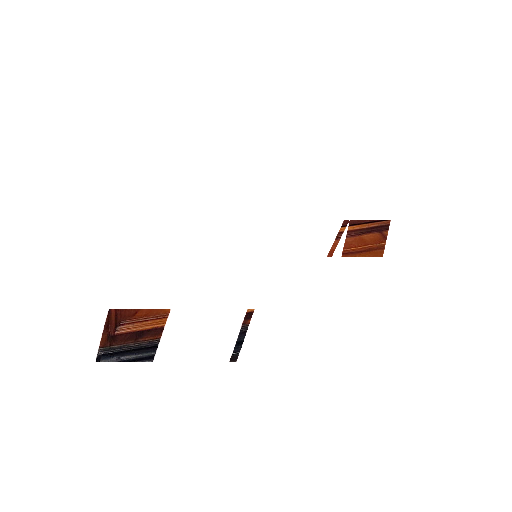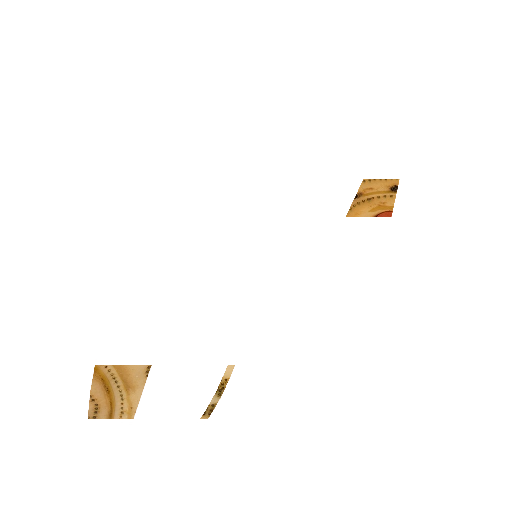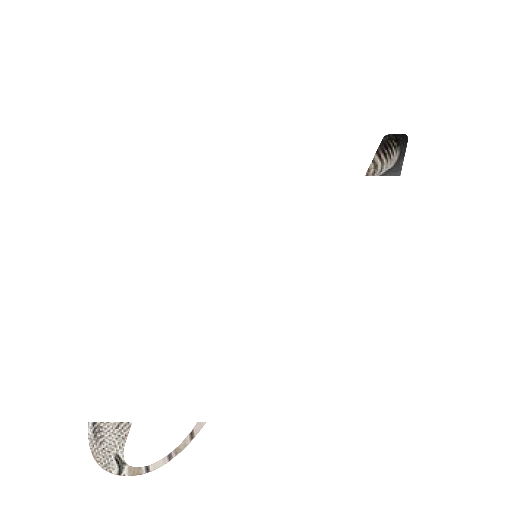Valencia and its suburbs Manises and Paterna became important centres after potters migrated there from the south; the city had returned to Christian rule from 1238, and the immigration of skilled potters had been going on since at least the mid-14th century. In 1362 a cardinal commissioned floor-tiles in "obra de Malicha" ("Malaga work", probably meaning lustreware) for the Pope's Palais des Papes in Avignon from two masters in Manises, at least one with an Arabic name (though "Juan" as his forename). In 1484 a German traveller mentioned vessels "which are made by the Moorish potters".
It seems that the local lords of Manises, the family of Buyl, encouraged the immigration, and may have acted as distributors and agents for the product; certainly when Maria of Castile, Queen of Aragon, wanted to order a large service in 1454, she wrote to the Buyl lord for him to arrange it. Several Buyl's had served as ambassadors, to Granada as well as Christian courts, giving them contacts in many markets. They seem to have taken a 10% royalty on all sales of pottery, and enjoyed a very high income from these. The largest deposit of Manises ware found by archaeology, apart from Manises itself, comes from Sluis in the Netherlands, then part of the territories of the wealthy Duchy of Burgundy. Manises also had clay and a cave nearby where a special sand used as a raw material for glazes was extracted.
A HISPANO-MORESQUE POURING VESSEL
Valencia (Manises c1520-c1550)
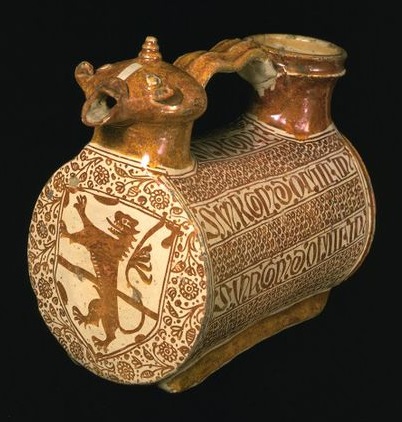
A HISPANO-MORESQUE BASIN
Valencia (Manises c1425-c1450)
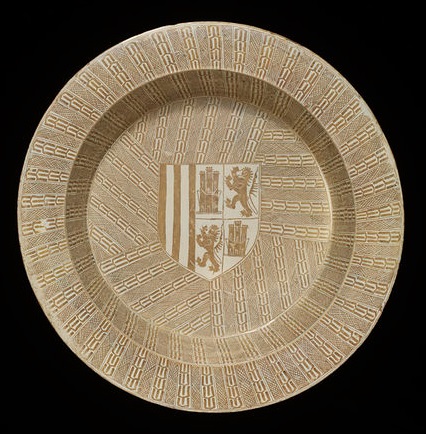
A HISPANO-MORESQUE BOWL AND COVER
Valencia (Manises c1440-c1460)
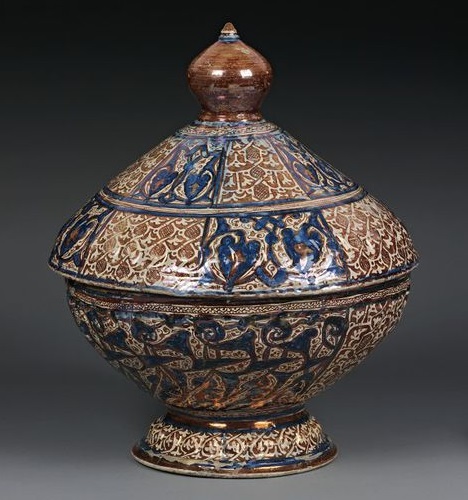
A HISPANO-MORESQUE DISH
Valencia (Manises c1400-c1450)
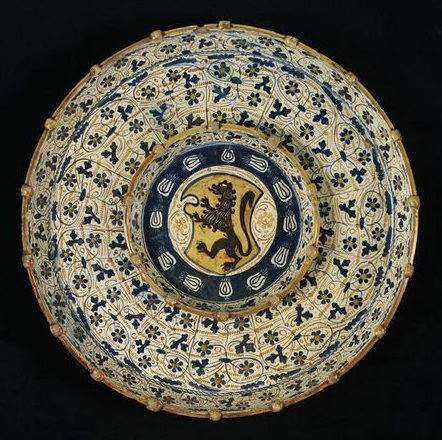
A HISPANO-MORESQUE BASIN
Valencia (Paterna c1325-c1350)
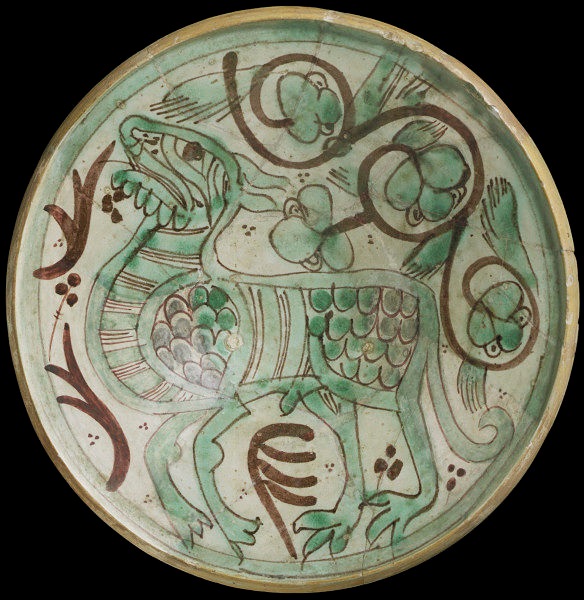
A HISPANO-MORESQUE VASE
Valencia (Manises c1625-c1700)
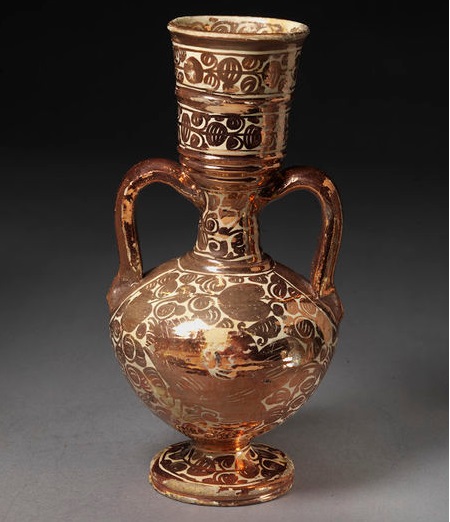
A HISPANO-MORESQUE DRUG JAR
Valencia (Paterna c1400-c1450)
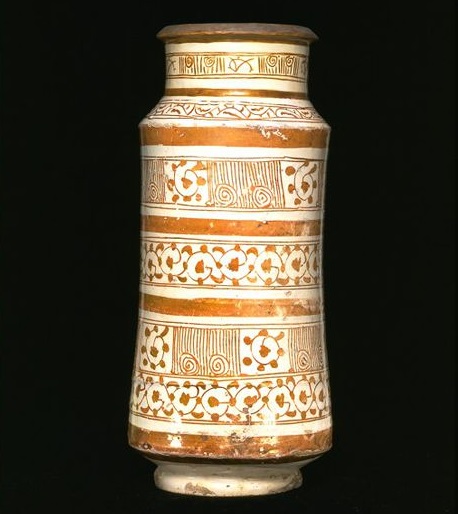
A HISPANO-MORESQUE DISH
Valencia (Manises c1700-c1750)
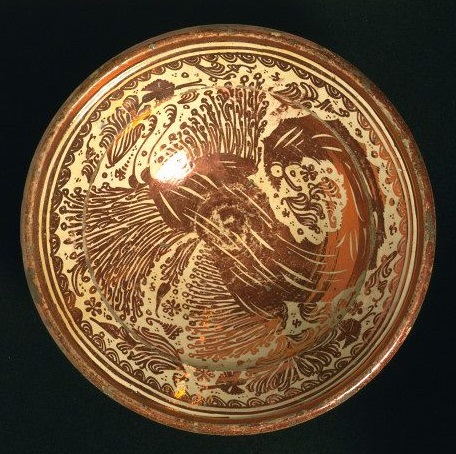
A HISPANO-MORESQUE JUG
Valencia (Manises c1500-c1520)
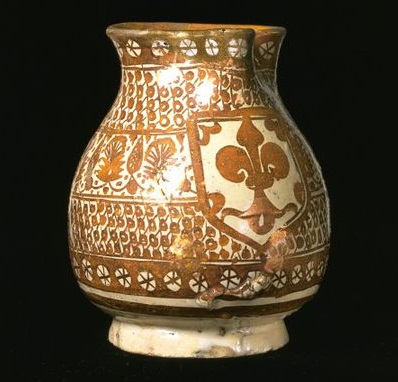
A HISPANO-MORESQUE DRUG JAR
Valencia (Paterna c1400-c1450)

A HISPANO-MORESQUE BOWL
Valencia (Manises c1430-c1470)
